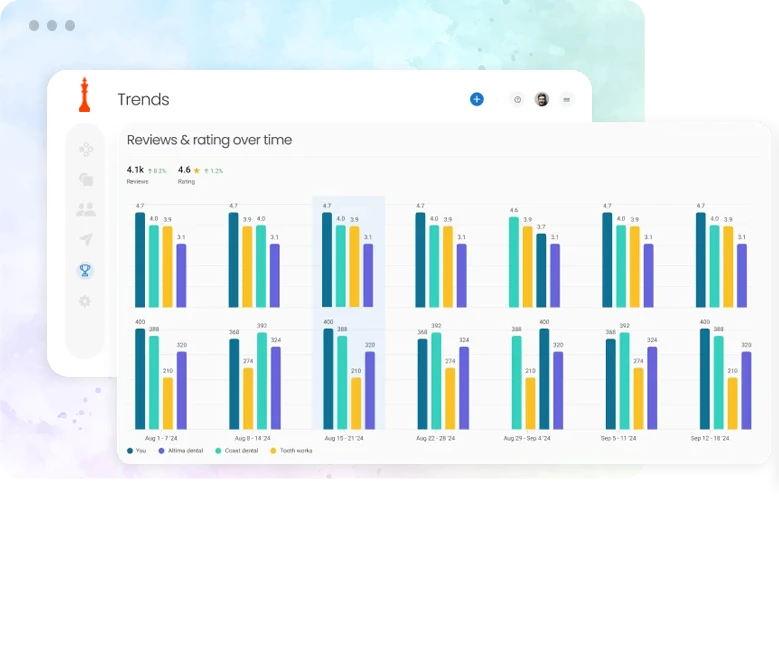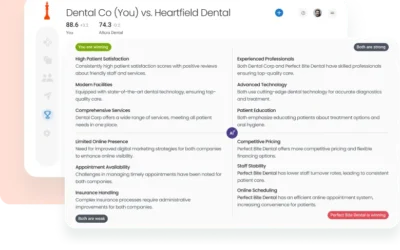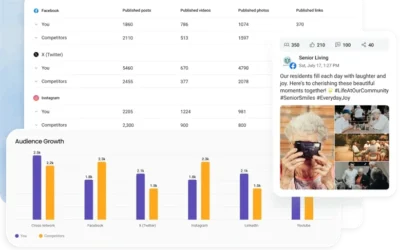Analyze Historical Trends and Patterns
Trends enables you to dig deep into historical data to uncover significant shifts in performance over time, offering valuable insights into how your strategies have evolved and how they’re impacting your success. By examining long-term patterns and analyzing the trajectory of your performance, you gain a comprehensive understanding of what has worked in the past and where you can make improvements moving forward. This data-driven approach not only empowers you to identify opportunities but also ensures your decisions are firmly rooted in real insights, enabling you to stay ahead of the competition in a fast-paced and constantly changing marketplace.
Spot Patterns and Predict Future Movements
Analyzing historical trends gives you the ability to recognize recurring patterns in your business’s performance, whether they relate to customer sentiment, sales cycles, or engagement rates. Understanding these trends helps you predict future movements, allowing you to adjust your strategies proactively. With the power of data at your fingertips, you can better anticipate shifts in the market, prepare for peak seasons, or identify when performance is likely to dip, allowing you to make informed decisions in advance.
Assess the Effectiveness of Your Strategies
Trends give you a bird’s-eye view of how well your strategies have worked over time. By analyzing key performance metrics and historical data, you can assess which initiatives led to the most significant gains and which areas need refinement. For example, if you notice a downward trend in social media engagement or customer satisfaction, you can trace it back to specific actions or external factors that may have influenced the result. This deep analysis ensures you can adjust your approach, test new tactics, and continuously improve your performance.
Make Data-Driven Decisions
In today’s competitive business environment, decisions backed by data are the most powerful. Trends allows you to leverage historical performance metrics to inform your decision-making process. Instead of relying on guesswork or intuition, you can make strategic moves that are rooted in solid evidence. Whether you’re optimizing marketing campaigns, refining customer service strategies, or investing in new technologies, analyzing trends ensures that every step you take is well-supported by data and poised for success.
Identify Opportunities for Growth and Optimization
Trends not only help you spot challenges but also provide a roadmap for growth. By understanding how your business has evolved and identifying areas of improvement, you can uncover new opportunities for optimization. For example, you might identify underperforming product categories, regions with untapped potential, or even customer segments that have yet to be fully engaged. With this information, you can adjust your strategies to exploit these opportunities and drive growth, whether it’s expanding your market reach, enhancing product offerings, or targeting specific customer needs.
Stay Agile in a Fast-Paced Marketplace
The marketplace is constantly evolving, and businesses must be agile to maintain their competitive edge. By continuously tracking trends, you can ensure that your company adapts quickly to market changes, consumer behavior shifts, and emerging industry developments. Analyzing historical trends empowers you to be proactive rather than reactive, giving you the agility to adjust your strategies as needed to stay ahead of competitors and maintain your position as a market leader.
Improve Long-Term Strategy
Examining trends is not just about addressing short-term fluctuations but also about refining your long-term strategy. With the insights gained from analyzing historical data, you can make informed decisions that align with your long-term goals and vision for the future. Whether you’re scaling your operations, diversifying your offerings, or entering new markets, understanding past trends ensures you approach your business development with a clear, data-backed roadmap.





